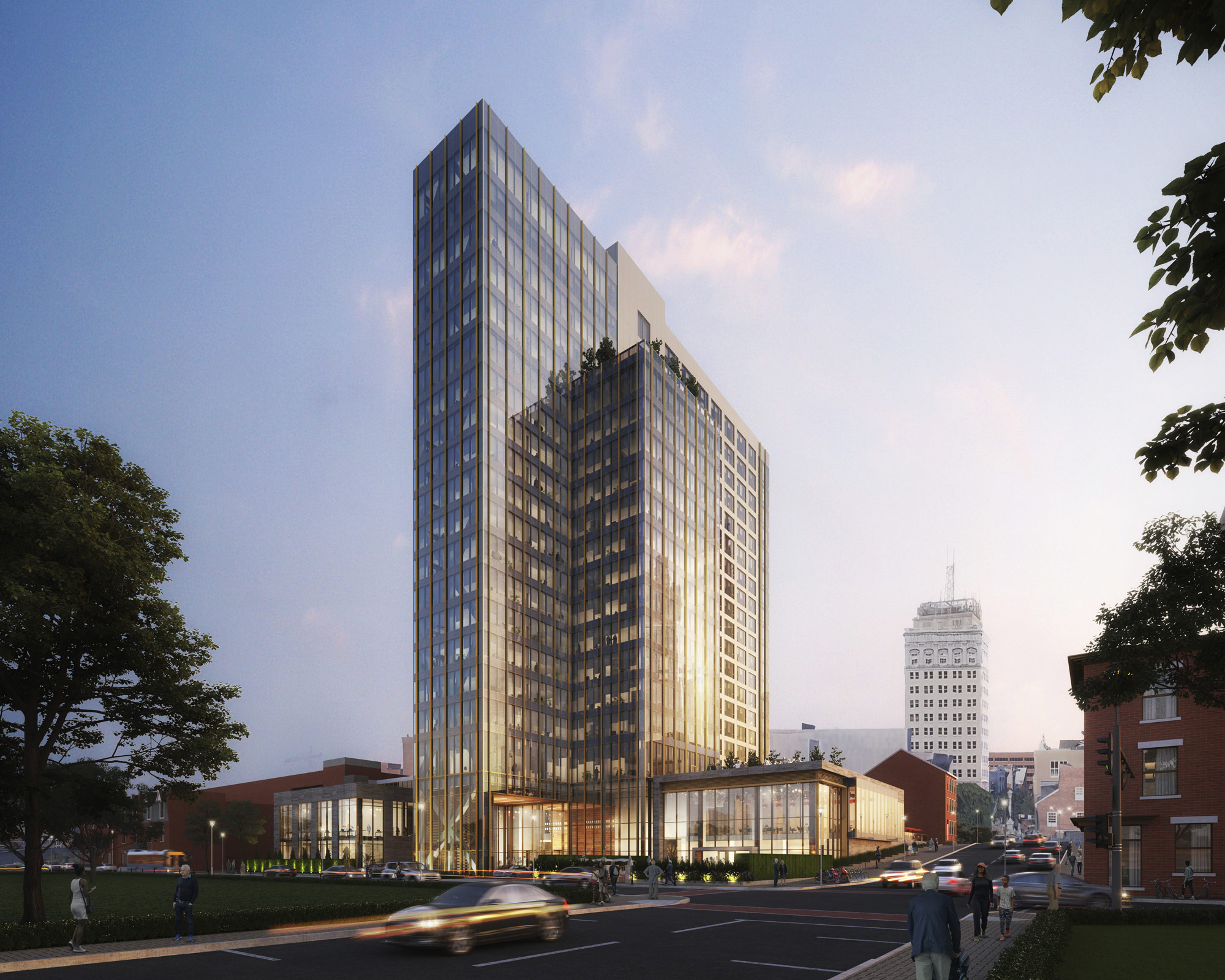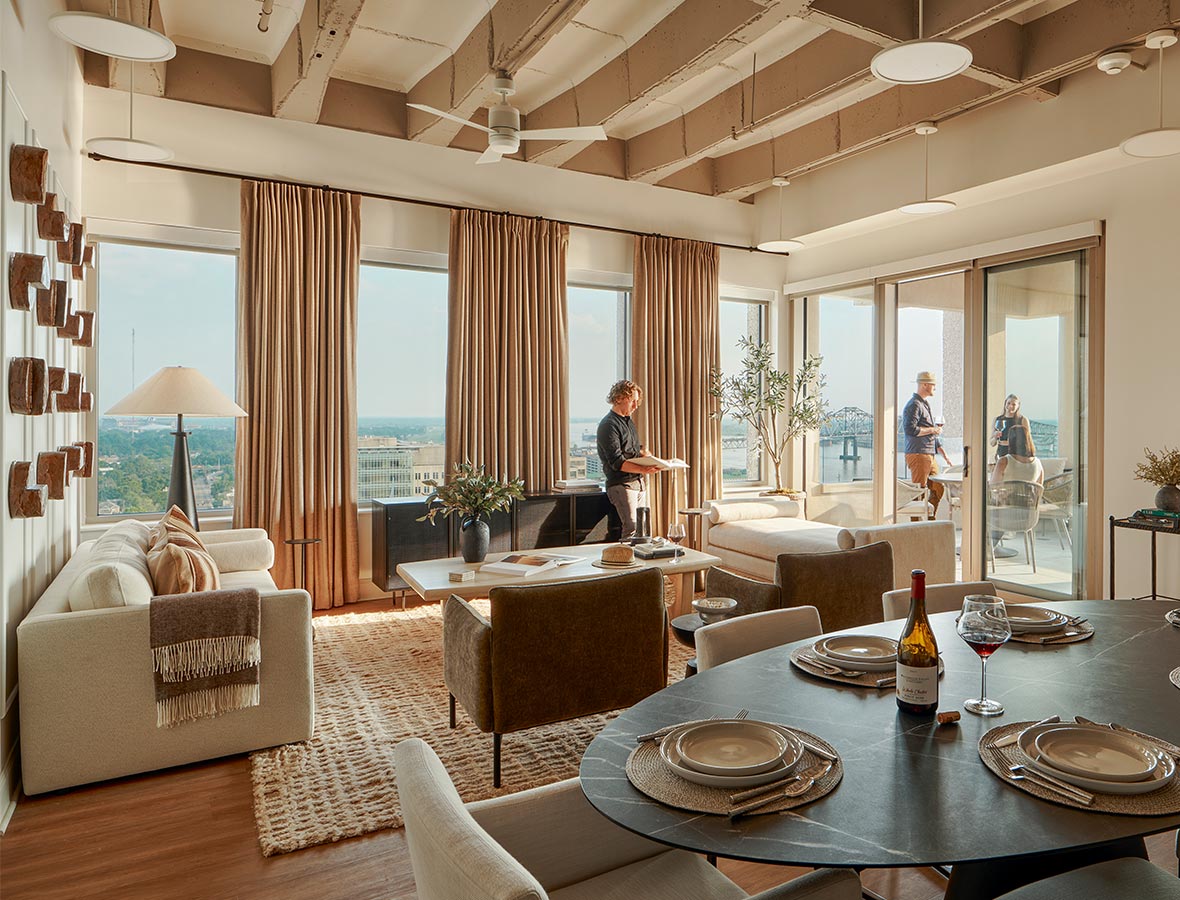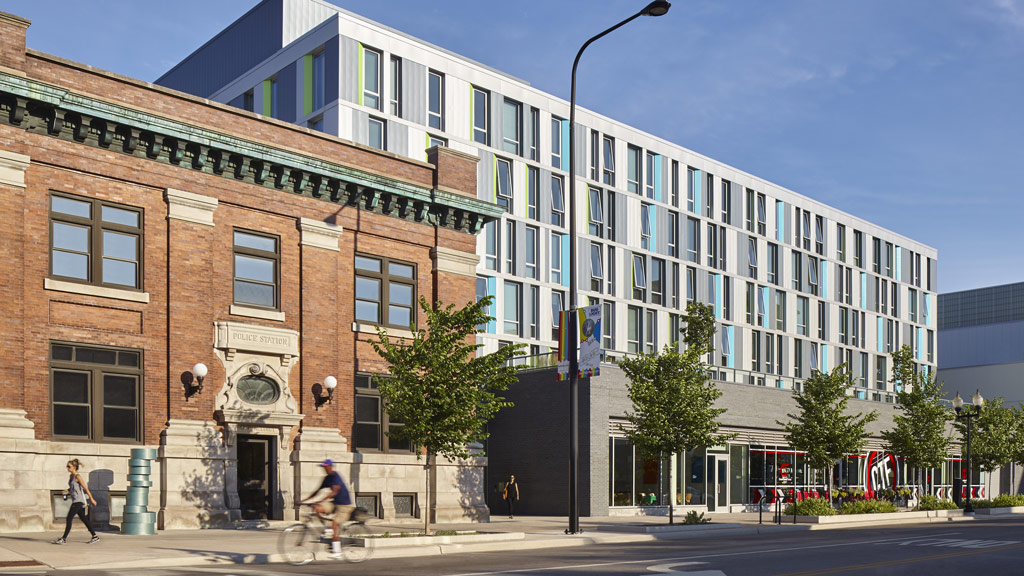Quantity and Quality: Leveraging Office-to-Senior Living Conversions to Increase Capacity and Lifelong Well-being
September 23, 2024 | By Duanne Render
Since 2020, office-to-residential conversions have been implemented as a viable solution to solving two of the most pressing challenges facing our cities globally: skyrocketing office vacancy rates and the need for affordable housing. Four years later, office-to-residential conversions have had a meaningful impact on reducing vacancy rates and unlocking housing, and while barriers to adoption remain, it’s time to repurpose the solution to meet a new challenge — the growing need for senior living development.
As the world’s second-largest generation increasingly begins to retire, a wave of demand looms over our current capacity for assisted living, and time is running out. While one in six Canadians will be at the retirement age by 2030, the demand for assisted living among Baby Boomers is set to peak in just three years. As a result, an entire generation will be left vulnerable unless we can find new ways to unlock senior living capacity.
The good news is, after analyzing thousands of office buildings for conversion — and even advising the White House on the subject — Gensler has established itself as a leader in determining what buildings make for suitable conversion candidates. From our research, we know that while only 25 to 30 percent of office buildings are suitable for conversion to residential units, more than 3 out of 10 of those properties can be considered for full or partial conversion to senior living.
In fact, most of the obstacles facing office-to-residential conversions become positives when considering these properties for senior living development. Large floorplates, for example, may act as a hamstring for traditional residential conversions because long distances between the exterior and the core of the building result in deep apartments with less natural light. But the added size — from 10,000 square feet to as high as 40,000 square feet — is prime for senior living conversions, as it can accommodate more amenities, critical resources, and support spaces.

But this solution isn’t just about making good use of low-quality, vacant office spaces. Office-to-senior living conversions will also have a positive impact on the quality of life among residents, as urban aging is underpinned by the current trend that two-thirds of all adults want to stay in their current communities.
By maintaining an urban setting, city-based senior living developments will enable a true intergenerational community via the vertical integration of active adult, independent living, assisted living, and memory care, while also filling the deep internal floor plate with valuable support spaces and amenities like medical care rooms, nursing stations, laundries, culinary school, pottery studio, library, and home theater, just to name a few. Likewise, the urban setting of these developments also means residents will have access to the best medical facilities available, which are often only minutes away.
Despite the current challenges facing an entire generation, and our society more broadly, we have put our finger on a solution that won’t just have a tangible impact on those who most require a place to live but have found a way to provide them with a place to thrive. This isn’t just about increasing the much-needed capacity for senior living and baseline healthcare, it’s about redefining how we view assisted living, and ensuring our seniors have access to both physical and mental health resources, community, and an increased quality of life.

For media inquiries, email .

